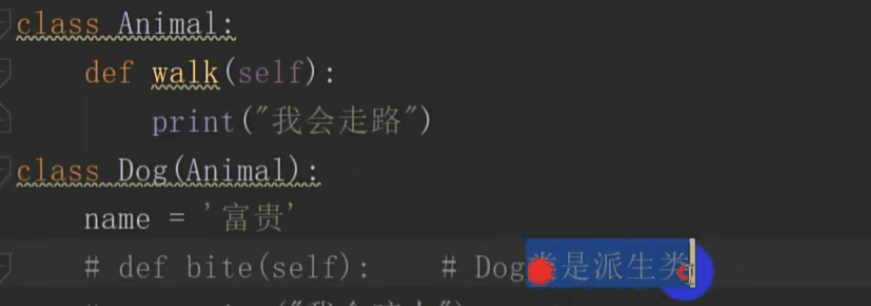一、经典类
在python 2中,如果一个类没有显式地继承自任何类,那么它被认为是一个经典类(classic class)。经典类在python 2中是默认的类类型,但在python 3中已经被废弃,因为新式类提供了更多功能和特性。


下面是一个简单的经典类的定义和写法示例:
class classicclass:
def __init__(self, attribute):
self.attribute = attribute
def method(self):
print("this is a method of the classicclass")
# 创建类的实例
obj = classicclass("example")
# 调用方法
obj.method()
在上面的示例中,classicclass是一个经典类,它没有显式地继承自任何类。类中包含了一个构造函数__init__和一个方法method。可以通过实例化类并调用方法来使用经典类的功能。
需要注意的是,经典类的一个特点是不支持多重继承中的超类方法调用顺序问题。
二、新式类写法
在python中,有两种类型的类:经典类(classic class)和新式类(new-style class)。
新式类是指继承自object类(或object的子类)的类,它们在python 2.2版本后被引入。新式类提供了更多的功能和特性,因此推荐在python中使用新式类。

下面是一个简单的新式类的定义和写法示例:
class newstyleclass(object):
def __init__(self, attribute):
self.attribute = attribute
def method(self):
print("this is a method of the newstyleclass")
# 创建类的实例
obj = newstyleclass("example")
# 调用方法
obj.method()
在上面的示例中,newstyleclass是一个新式类,它继承自object类。类中包含了一个构造函数__init__和一个方法method。可以通过实例化类并调用方法来使用新式类的功能。
需要注意的是,在python 3中,所有的类都默认是新式类,因此不需要显式地继承自object类。
三、多继承
在python中,一个类可以继承自多个父类,这称为多继承。通过多继承,子类可以从多个父类中继承属性和方法,从而实现更灵活的代码复用和组合。


下面是一个简单的多继承示例:
class baseclass1:
def method1(self):
print("method from baseclass1")
class baseclass2:
def method2(self):
print("method from baseclass2")
class derivedclass(baseclass1, baseclass2):
def method(self):
print("method from derivedclass")
# 创建类的实例
obj = derivedclass()
# 调用继承的方法
obj.method1()
obj.method2()
obj.method()
在上面的示例中,derivedclass是一个子类,它同时继承自baseclass1和baseclass2这两个父类。子类derivedclass可以调用baseclass1和baseclass2中定义的方法method1()和method2(),同时也可以调用自身定义的方法method()。
需要注意的是,多继承可能导致代码结构变得复杂,同时也增加了类与类之间的依赖关系。在使用多继承时,需要谨慎设计类之间的关系,以避免出现混乱的调用顺序或冲突。通常建议尽量避免过度使用多继承,除非很清楚地知道如何正确地使用它来达到代码复用和组合的目的。

总结
到此这篇关于python经典类、新式类写法及多继承示例详解的文章就介绍到这了,更多相关python经典类、新式类写法及多继承内容请搜索代码网以前的文章或继续浏览下面的相关文章希望大家以后多多支持代码网!







发表评论